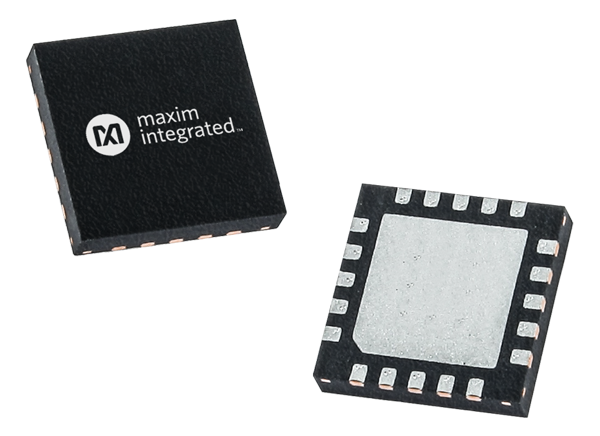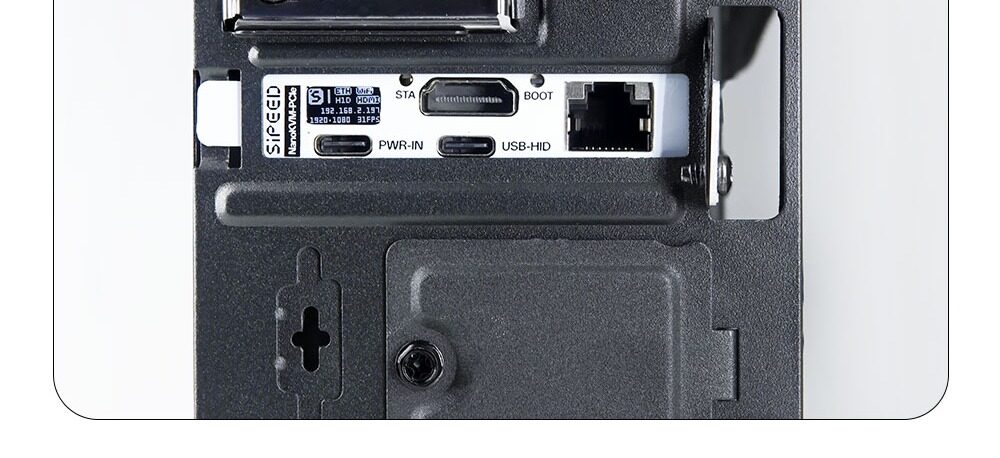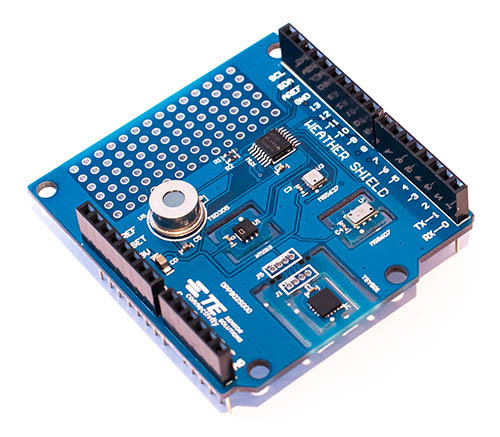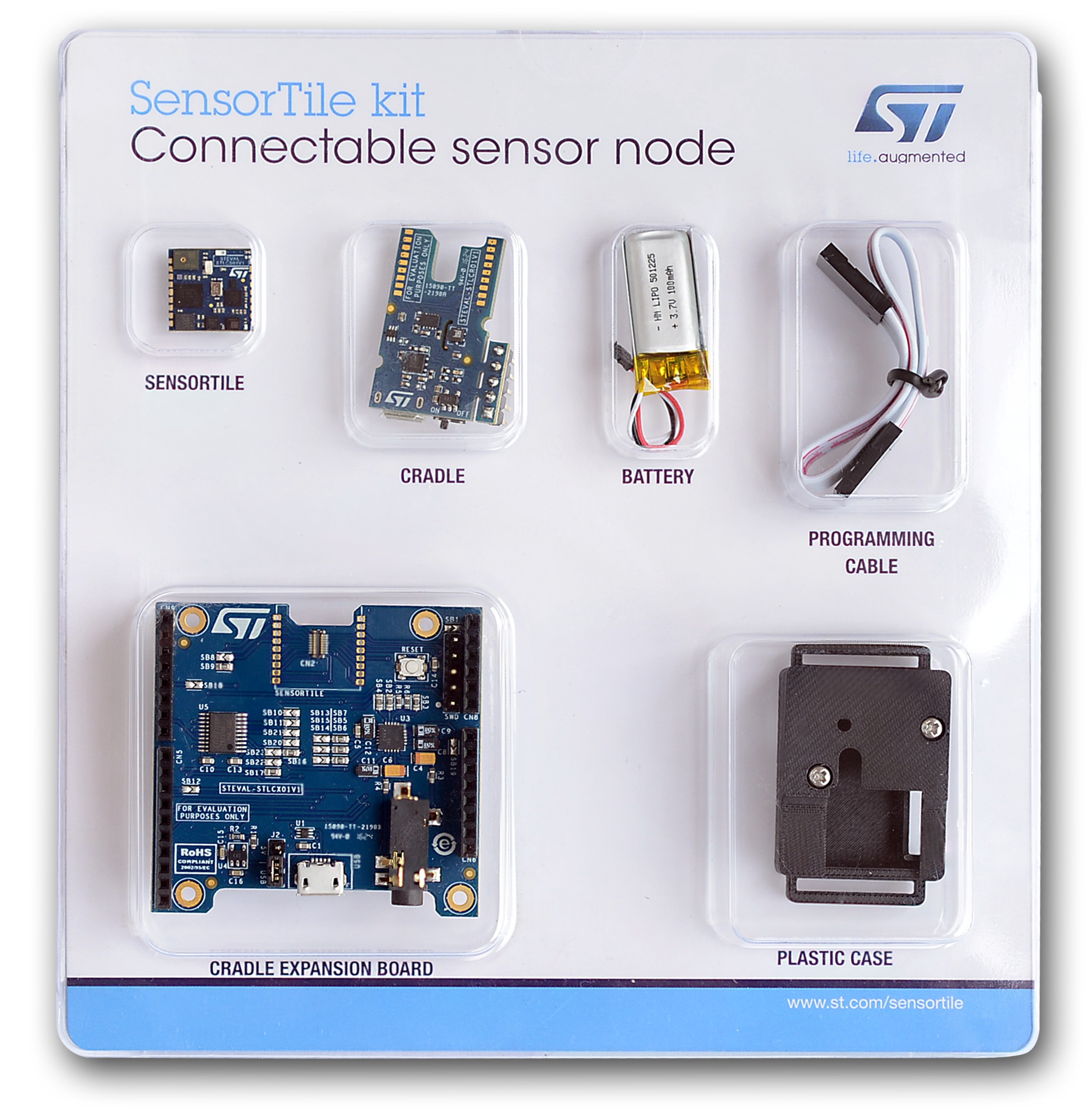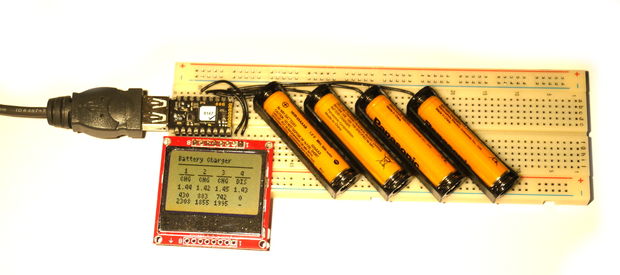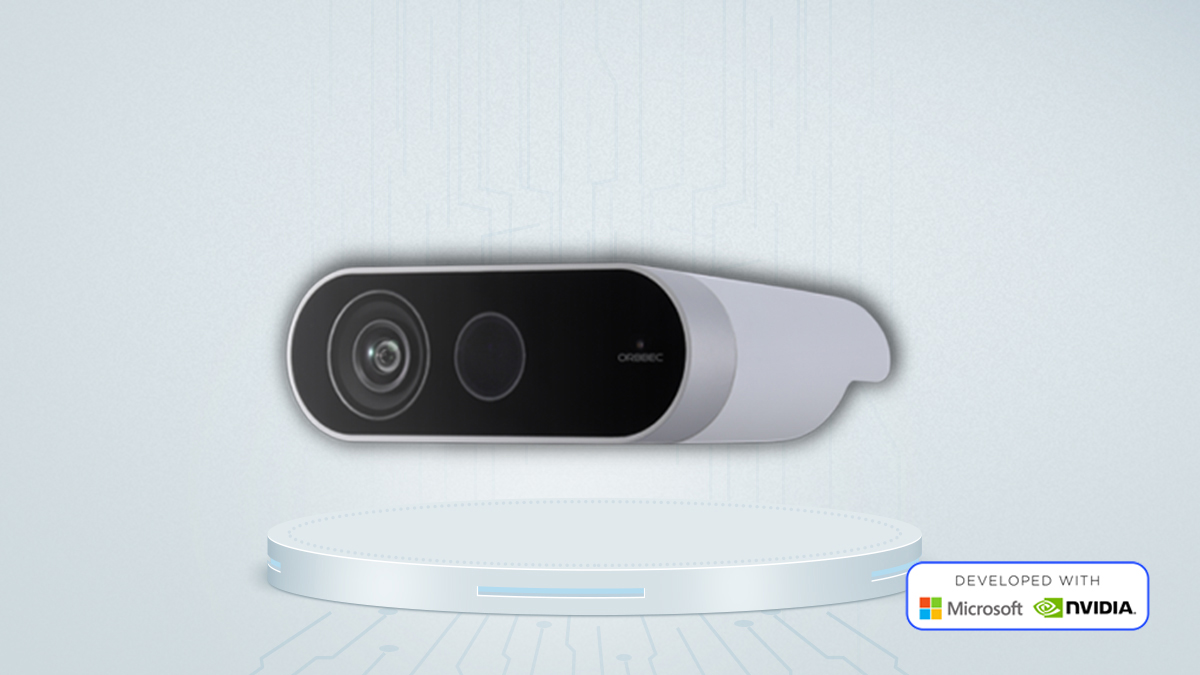
Orbbec showed off a 4K RGB camera with depth-sensing capabilities and the ability to live-stream processed photos over Ethernet or USB. The Femto Mega uses a Jetson Nano System-on-Module for artificial intelligence computing and is equipped with a 6-DoF IMU and Microsoft’s Time of Flight (ToF) technology. The Orbbec uses an NVIDIA Jetson Nano System-on-Module (SoM) “to run advanced depth vision algorithms to convert raw data to precise depth images. This eliminates the need for an external PC or computer device.” A 128-CUDA-core NVIDIA Maxwell architecture, a quad-core ARM Cortex-A57 MPCore processor, 4GB of 64-bit LPDDR4, and 16 GB of eMMC 5.1 storage space are all features of the Jetson NANO. It can encode videos at 250 Mbps and decode them at 500 Mbps.
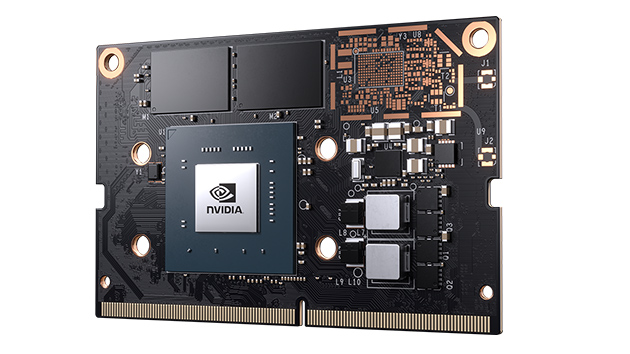
Jetson Nano
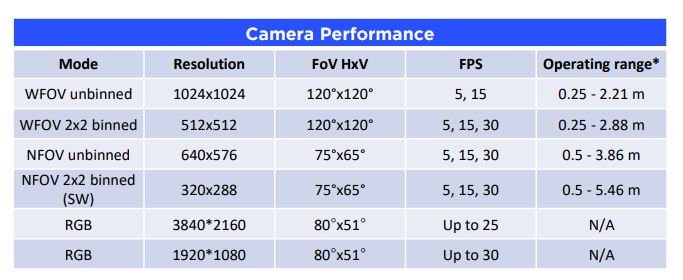
Femto Mega Perfomance
Orbbec further notes that the 1-megapixel camera has a range of 0.25 meters to 5.5 meters and a Field of View (FoV) of 120 degrees. For specifics on the quality of the camera, please refer to the chart above. Two other cameras, the Astra 2 and the Gemini 2 were also announced by the business. The Gemini 2 incorporates an IMU, Orbbec’s ASIC, and active stereo IR technology, all of which are geared at processing depth. The Astra 2, on the other hand, is an improved version of the first gadget that relies on structured light. This camera can synchronize with multiple others, and it captures depth information at a high resolution and with a high degree of stability.
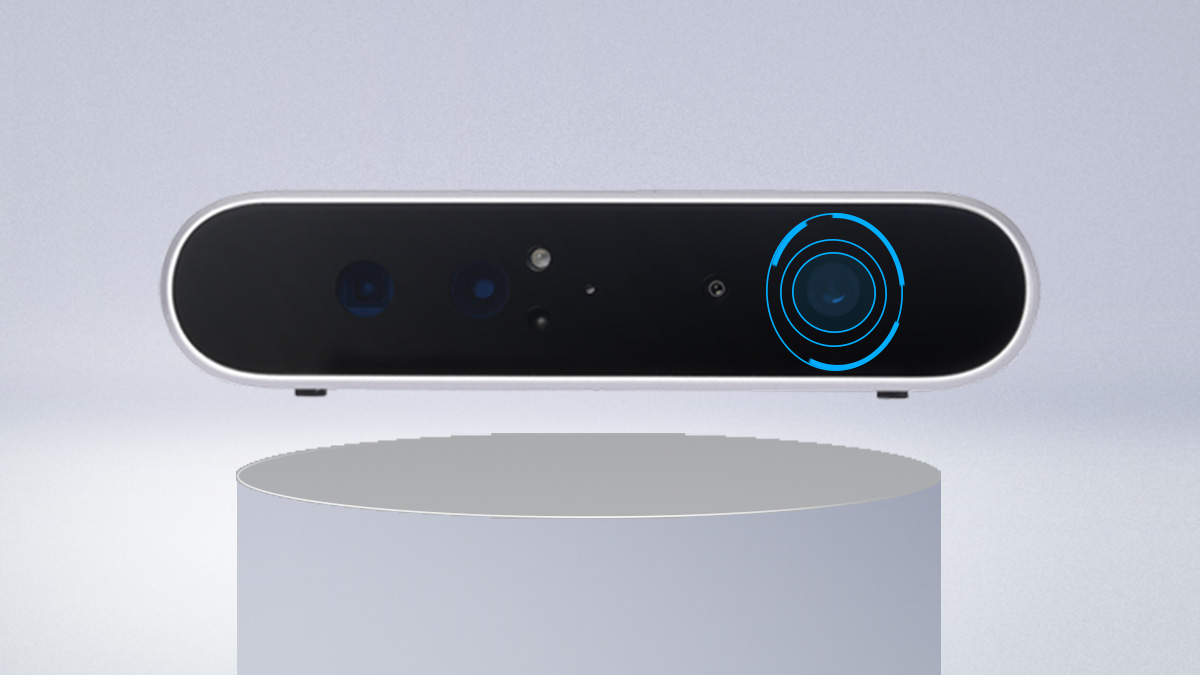
Astra 2
The Astra 2 model is roughly 145 x 35 x 36 mm in size and has a structured light range of 0.6-8 mm. With a depth FoV of H58° x V46° x D70° and a maximum of 1600 x 1200 at 30 frames per second, this camera is impressive. The field of view (Horizontal by Vertical by Depth) of the RGB camera is H75° x V46° x D82° pixels at 30 frames per second, and the accuracy is ≤3 millimeters at 1000 millimeters. A USB Type-C port is used to supply power. Power consumption is around ≤ 6 W on average, peak 6.5 W, and the working temperature is around 0-35 ℃. It can function on any Windows/Linux/Android operating system.
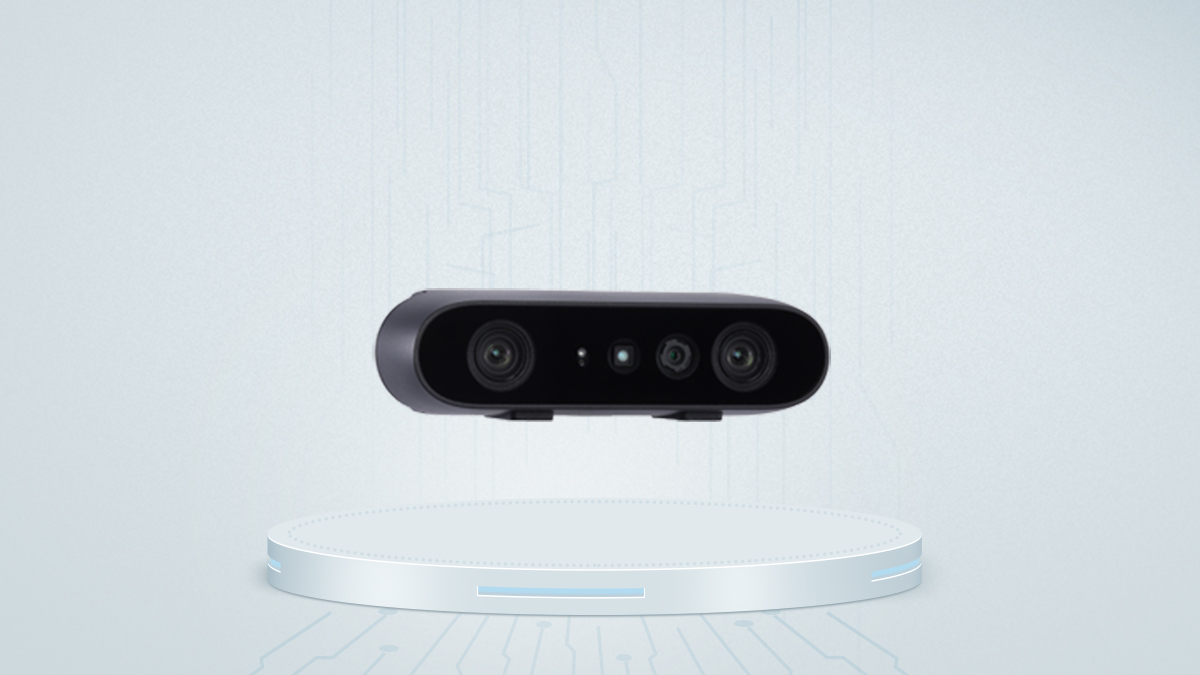
Gemini 2 specification
In structured Active Stereo IR, the Gemini 2 model is about 90 mm x 25 mm x 30 mm in size and has a range of 0.12 mm to 10 mm. Depth FOV is H91° x V66° x D101°, and the resolution can go up to 1280 x 800 at 30 fps. RGB FoV is H86° x V55° x D94°, the resolution is 1920 x 1080 @30 fps, and precision is ≤ 2% (2 m & 81% ROI). A USB Type-C port is used to add power. Windows, Linux, or Android is the operating system, and it uses about an average ≤ 2.5 W of power and stays between 0 ℃ and 40 ℃.
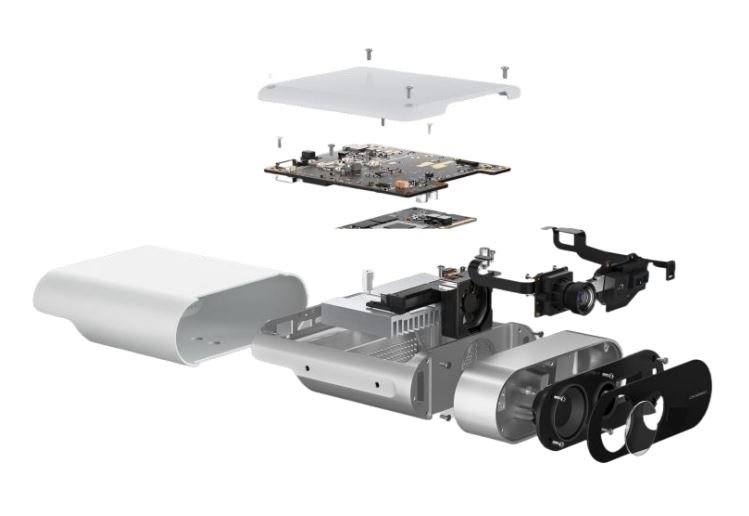
Femto Mega Expanded View
Product Femto Mega is certified as Class 1 FCC RoHS 2.0 CE, and it can measure distances with an accuracy of 11 mm + 0.1 % and a precision of 17 mm. Depth FOV is NFoV unbinned & binned: H 75°V 65° and WFoV unbinned & binned: H 120°V 120° with a resolution framerate of WFOV unbinned 1024 x 1024 @Up to 15 FPS, WFOV 2 x 2 binned 512 x 512 @Up to 30 FPS. RGB FOV is H 80° V 51° D 89°2°, and it has a resolution framerate of 3840 x 2160 @Up to 25 FPS, 1920 x 1080 @Up to 30 FPS, NFOV unbinned 640 x 576 @Up to 30 FPS, and NFOV 2 x 2 binned 320 x 288 @Up to 30 FPS. Power comes from a USB Type C port and a 5 V / 3 A power adapter. The processor is an Nvidia Jetson Nano, and it works best between 10 °C and 25 °C. The data is transferred using DC, POE, and USB 3.0 Type-C cables. On average, DC uses 11 W of power, and POE uses 13 W of power. Windows and Linux are the operating systems, and it has a 6DoF IMU and an 8-pin connector.
No pricing information for these cameras was provided by Orbbec. Orbbec’s web shop features a product page for the aforementioned Femto Mega, in addition to the Astra 2 and Gemini 2.





